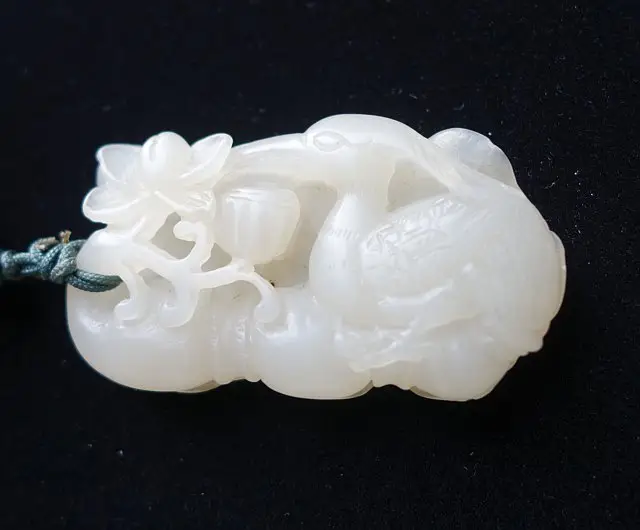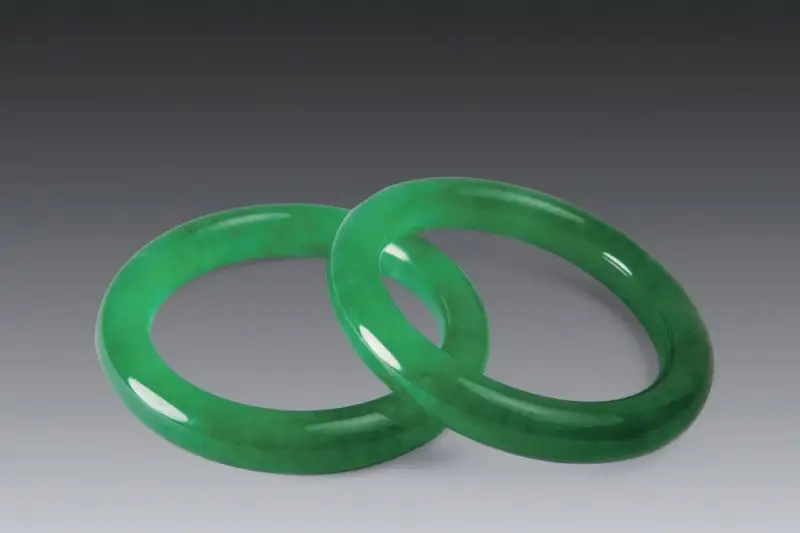Introduction
The English scientific name of danburite comes from its discover location—Danbury, Connecticut, USA, the Chinese name is derived from its yellow crystal appearance and color characteristics, which are similar to topaz, so it is named “賽黃晶Saì Huáng Jing”. Danburite is classified as one of the rare gemstone varieties in the textbooks of the GIA (Gemological Institute of America).
It’s primarily found in pegmatite and metamorphosed carbonate rocks that are rich in cryogenic hydrothermal fluids, coexist with plagioclase and orthoclase in dolostone, gem-quality dannurite is often sourced from alluvial deposits.
The top of the danburite crystal is wedge-shaped, and the crystal plane has a parallel cylindrical (C-axis) texture. Danburite can be found in colors ranging from colorless, light yellow, brown, to the rarer pink and purple, the ones with fibrous structures can be grind into cat’s-eye stones.

(Figure 1) 1
Danburite
- Crystal system: orthorhombic crystal system
- Hardness: 7
- Specific gravity: 3.0
- Luster: Vitreous luster
- Transparency: Transparent to opaque
- Color: yellow, brown, pink, colorless, purple
- Index of Refractive: 1.630~1.636
- Birefringence: 0.006
- Fluorescence: Ordinary short waves fluoresce blue
- Cleavage: Incomplete underside cleavage
- Characteristics: Fluorescence, absorption spectra often appear rare earth spectrum
- Imitations: glass, similar to topaz and citrine
The commercial value of Danburite
The color and appearance of danburite are very similar to topaz, even having a close index of refractive. Under traditional gemological instruments, danburite’s low specific gravity, fluorescence, and low birefringence can serve as important identification references.
Most danburite appear gray and opaque, gem-quality transparent danburite is quite rare, and the raw material is very small, so gem-quality danburite is generally used to make ring settings and pendants.
In the past, danburite was considered a substitute for diamonds by collectors. However, for danburite enthusiasts, it is largely regarded as a collectible rather than being made into jewelry. Many collectors prefer to keep it in its original form.
For danburite, a visually eye-clean appearance is sufficient, as minor inclusions do not affect its durability. Its bright yellow color is very appealing, with pink varieties being even more precious, cat’s eye phenomenon stones are also relatively rare. Danburite has both hardness and toughness that are above average, making it durable and requiring no special maintenance.
Follow Honway to learn more about the characteristics of gemstones~
Photo Credit:


